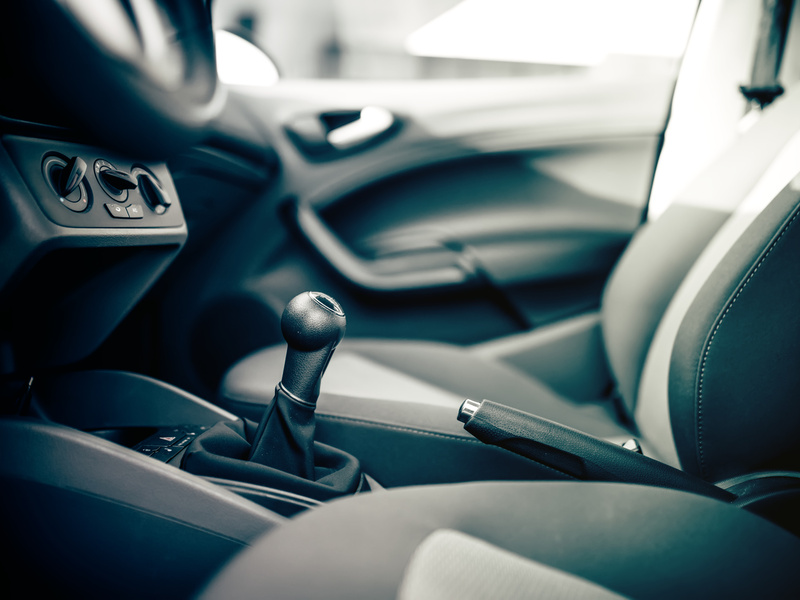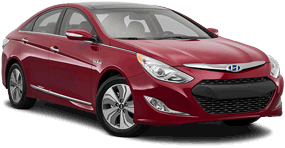While many people lament the impending doom of the manual transmission, a different feature is actually dying a much faster death: the manual parking brake. The manual parking brake, or handbrake as it’s often called, is a mechanical brake that most of the time goes unused. In vehicles with an automatic transmission, parking brakes are often never engaged. A person can simply put their car in park and leave it.
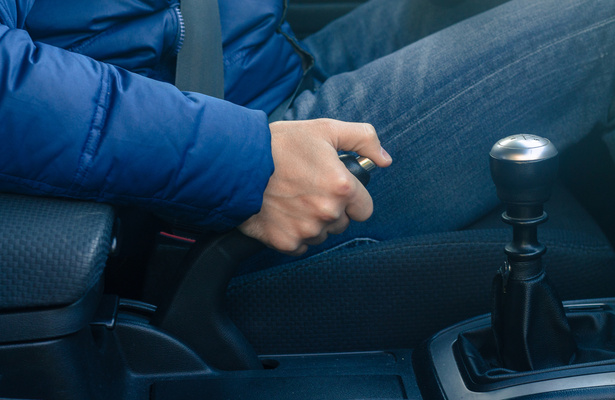
One of the main reasons for the handbrake’s disappearance from most automobiles is the lack of a manual transmission. In a car with a stick, you have to engage the parking brake. It ensures the car won’t roll out of its parking space.
Instead of eliminating the parking brake altogether, many automakers have begun adding a little flap-like button that electronically engages the parking brake. This allows people to have the option to turn on the parking brake themselves if they want to but also allows them to easily ignore it.
Why the Electronic Parking Brake Is Taking Over
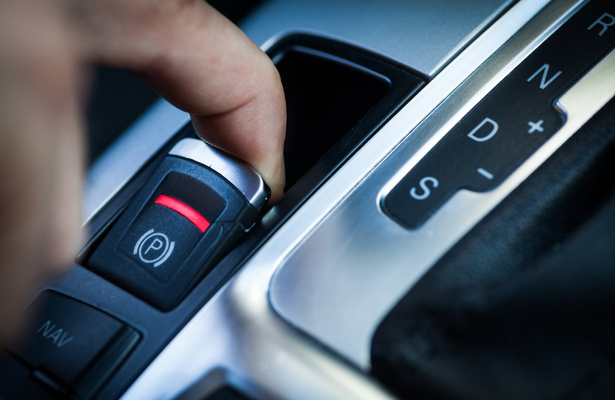
The main reason that automakers eliminate the mechanical handbrake is that the handle for that brake is ugly and takes up space in the cabin. The small flap-button that more and more automakers incorporate in modern cars takes up very little space in the cabin. That saved space can be used to add another cup holder or storage cubby or simply keep the cabin looking clean and attractive.
Also, on a manual parking brake, everything is done mechanically. There are cables going from the handle to the brakes. Routing these cables can be tricky due to all of the car's other parts and components. Adding an electronic parking brake eliminates the need for those cumbersome cables.
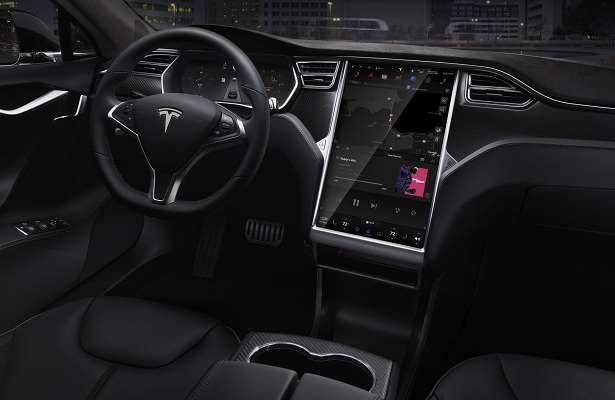
Tesla and Koenigsegg cars don’t even have the little electronic flap-button. Instead, the cars automatically engage the parking brake when the driver places the vehicle in park. Christian von Koenigsegg told Jalopnik that this gives the company a lot more freedom inside the cabin. He also said it’s better for the consumer.
“You won’t forget it and you won’t forget to release it when you drive off again. It’s a better, safer way that works for our vehicle packaging and it’s not annoying the way other e-brakes with fiddly switches can be.”
The Downside to the Electronic Parking Brake
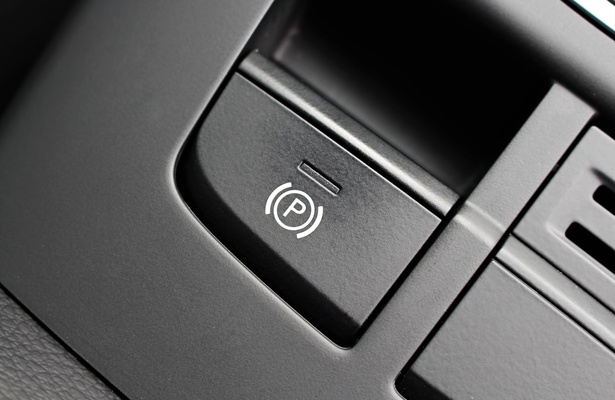
The prevalence of electronic parking brakes isn’t all good. Unfortunately, like everything else in life, it’s a tradeoff. Sure, you get a little more space inside the car and a little less weight from the cables and whatnot, but you also lose out on being able to actually use the brake while driving.
Electronic parking brakes are either on or off, meaning if you turn it on, you’re going to stop. With a manual handbrake, you can modulate the amount of braking and pull off some pretty cool maneuvers. Handbrake turns (shown below) shouldn’t be done in regular driving situations, but they can be a lot of fun. With electronic parking brakes, you simply can’t do them. That's not the end of the world though, as in regular driving situations handbrake turns are unnecessary and dangerous.
Also, automakers haven’t decided yet which way is the right way to engage the parking brake. Do you pull the little flap-button up or push it down? Maserati has to be weird, so you have to pull it up to engage it and pull it up again to disengage it. Also, some automakers have the parking brake set to disengage when you drive off while others require you to use the flap-button to disengage the brake. Automakers seem pretty keen to go the electronic parking brake route across the board. If they do, we wish they would at least gather and decide on a uniform method of operation.
